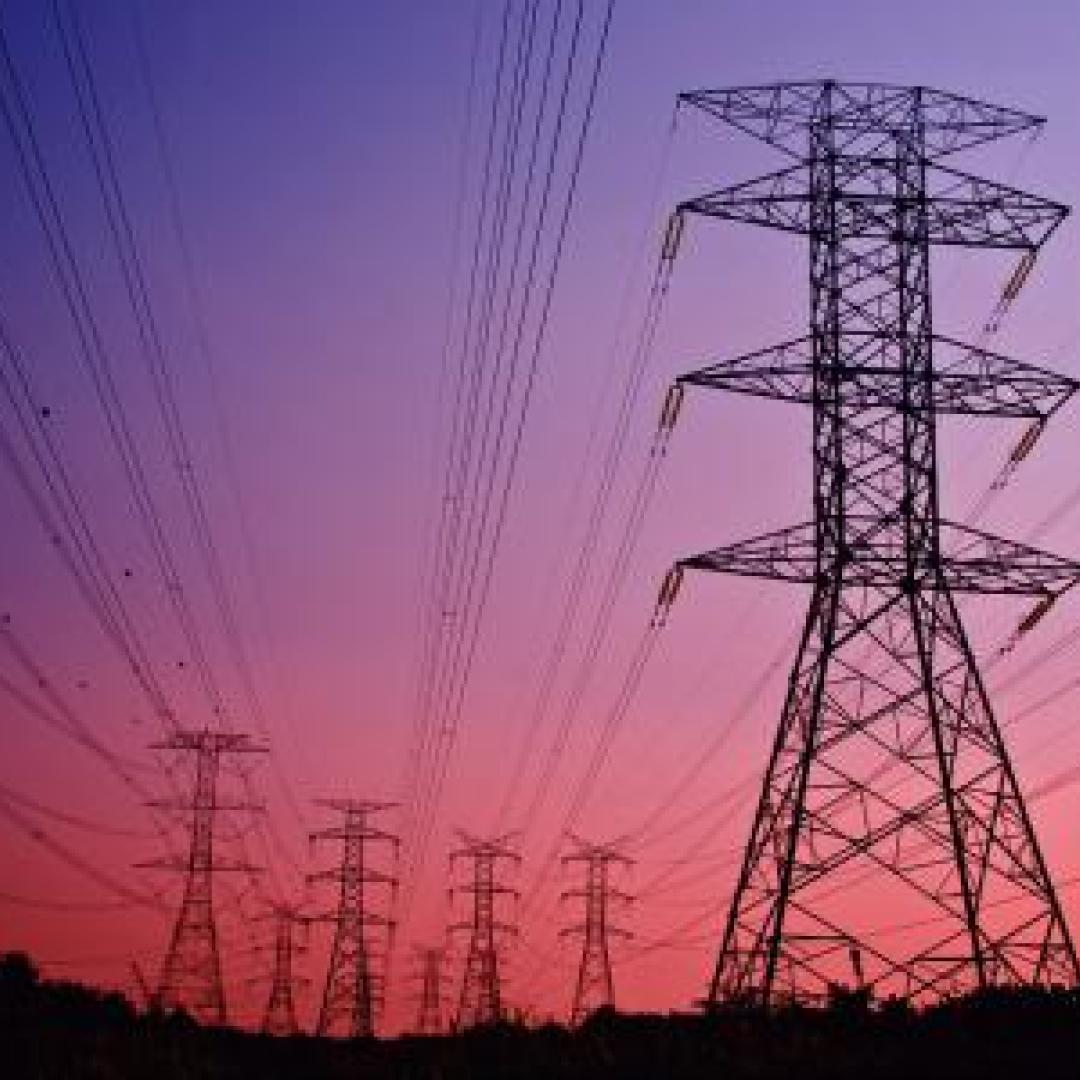Filter News
Area of Research
- (-) Biology and Environment (25)
- (-) Neutron Science (19)
- Advanced Manufacturing (22)
- Building Technologies (1)
- Clean Energy (95)
- Computational Engineering (1)
- Computer Science (1)
- Fusion and Fission (8)
- Fusion Energy (7)
- Materials (59)
- Materials for Computing (4)
- Mathematics (1)
- National Security (22)
- Nuclear Science and Technology (16)
- Nuclear Systems Modeling, Simulation and Validation (1)
- Quantum information Science (2)
- Supercomputing (20)
News Topics
- (-) 3-D Printing/Advanced Manufacturing (15)
- (-) Advanced Reactors (2)
- (-) Clean Water (13)
- (-) Cybersecurity (1)
- (-) Physics (11)
- Artificial Intelligence (14)
- Big Data (10)
- Bioenergy (50)
- Biology (75)
- Biomedical (26)
- Biotechnology (13)
- Buildings (2)
- Chemical Sciences (13)
- Climate Change (41)
- Composites (5)
- Computer Science (31)
- Coronavirus (18)
- Critical Materials (1)
- Decarbonization (21)
- Energy Storage (13)
- Environment (97)
- Exascale Computing (4)
- Fossil Energy (1)
- Frontier (4)
- Fusion (1)
- Grid (3)
- High-Performance Computing (22)
- Hydropower (8)
- Isotopes (2)
- Machine Learning (10)
- Materials (25)
- Materials Science (28)
- Mathematics (3)
- Mercury (7)
- Microscopy (13)
- Molten Salt (1)
- Nanotechnology (17)
- National Security (5)
- Net Zero (2)
- Neutron Science (99)
- Nuclear Energy (4)
- Partnerships (5)
- Polymers (3)
- Quantum Computing (1)
- Quantum Science (7)
- Renewable Energy (1)
- Security (4)
- Simulation (14)
- Space Exploration (3)
- Summit (15)
- Sustainable Energy (32)
- Transformational Challenge Reactor (1)
- Transportation (8)
Media Contacts

Scientists at ORNL have developed 3D-printed collimator techniques that can be used to custom design collimators that better filter out noise during different types of neutron scattering experiments

How do you get water to float in midair? With a WAND2, of course. But it’s hardly magic. In fact, it’s a scientific device used by scientists to study matter.

Four scientists affiliated with ORNL were named Battelle Distinguished Inventors during the lab’s annual Innovation Awards on Dec. 1 in recognition of being granted 14 or more United States patents.

For 25 years, scientists at Oak Ridge National Laboratory have used their broad expertise in human health risk assessment, ecology, radiation protection, toxicology and information management to develop widely used tools and data for the U.S. Environmental Protection Agency as part of the agency’s Superfund program.

The Department of Energy’s Office of Science has selected three ORNL research teams to receive funding through DOE’s new Biopreparedness Research Virtual Environment initiative.

Madhavi Martin brings a physicist’s tools and perspective to biological and environmental research at the Department of Energy’s Oak Ridge National Laboratory, supporting advances in bioenergy, soil carbon storage and environmental monitoring, and even helping solve a murder mystery.

Mirko Musa spent his childhood zigzagging his bike along the Po River. The Po, Italy’s longest river, cuts through a lush valley of grain and vegetable fields, which look like a green and gold ocean spreading out from the river’s banks.

Growing up exploring the parklands of India where Rudyard Kipling drew inspiration for The Jungle Book left Saubhagya Rathore with a deep respect and curiosity about the natural world. He later turned that interest into a career in environmental science and engineering, and today he is working at ORNL to improve our understanding of watersheds for better climate prediction and resilience.

Scientist-inventors from ORNL will present seven new technologies during the Technology Innovation Showcase on Friday, July 14, from 8 a.m.–4 p.m. at the Joint Institute for Computational Sciences on ORNL’s campus.

Few things carry the same aura of mystery as dark matter. The name itself radiates secrecy, suggesting something hidden in the shadows of the Universe.




